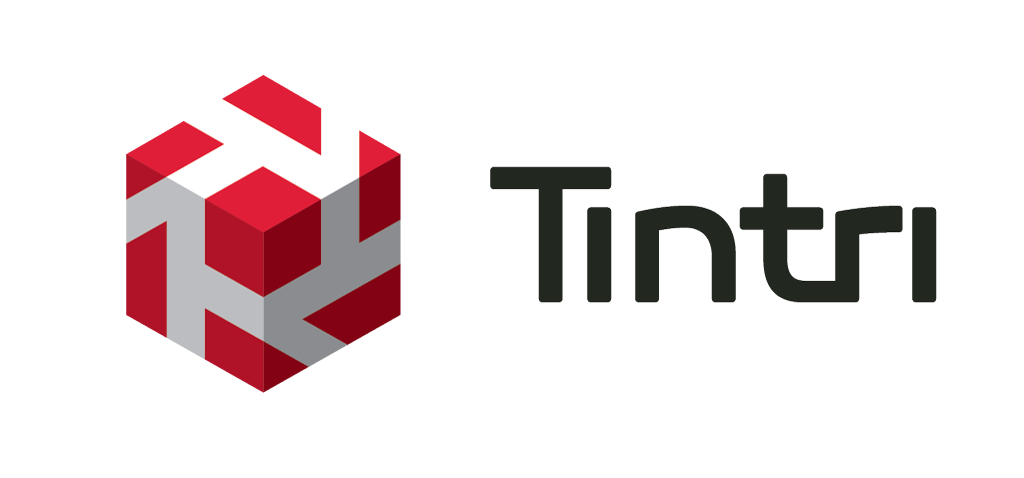Per-VM Quality of Service
Being able to set quality of service at the VM level allows an organization to guarantee each application its own level of performance and protect others by limiting their performance as well. These capabilities change the way you approach the tiering of storage. No longer do you need to plan out your storage-based tiers on different pools of storage capabilities. You can use the same pool of storage, but have distinct levels of service based on the settings that make the most sense for your applications. When automation is combined with this feature, it opens up capabilities for both enterprises and service providers.
For enterprises, per-VM QoS provides the ability to utilize a self-service portal to offer multiple performance levels. For most workloads, the default setting — no QoS assigned — allows the Tintri array to automatically adjust performance per VM. Workloads which need guarantees or specific limits can be configured to have these assigned per VM.
The option to expose QoS through a self-service portal is as simple as a dropdown. With traditional storage, VMs are required to be placed in the LUN or volume that matches the required storage tier. This requires decision workflows to determine if there is enough storage on a certain tier, or if policies for protection match that tier. Tintri VMstore systems eliminate the need for these workflows and decisions, because QoS and protection configuration are done at the VM level instead.
Service providers can build service tiers in which customer VMs automatically get a specific maximum throughput. This enables the option of charging for guaranteed IOPS.
By utilizing logic at the automation tier, customers can automatically be placed into per-VM configurations that limit the maximum amount of IOPS. If a customer would like a VM modified for a higher tier of storage performance, their actual blocks of storage do not need to be migrated to that tier, as they can be instantly adjusted to the level of performance desired. See Figure 1 for an example.
| Service Level | Maximum IOPs | Minimum IOPs | Cost |
|---|---|---|---|
| Default | 0 | 0 | $ |
| Tier 1 | 10000 | 5000 | $$$ |
| Tier 2 | 5000 | 0 | $$ |
| Tier 3 | 2000 | 0 | $ |
Figure 1. A possible matrix for self-service enterprise users.
